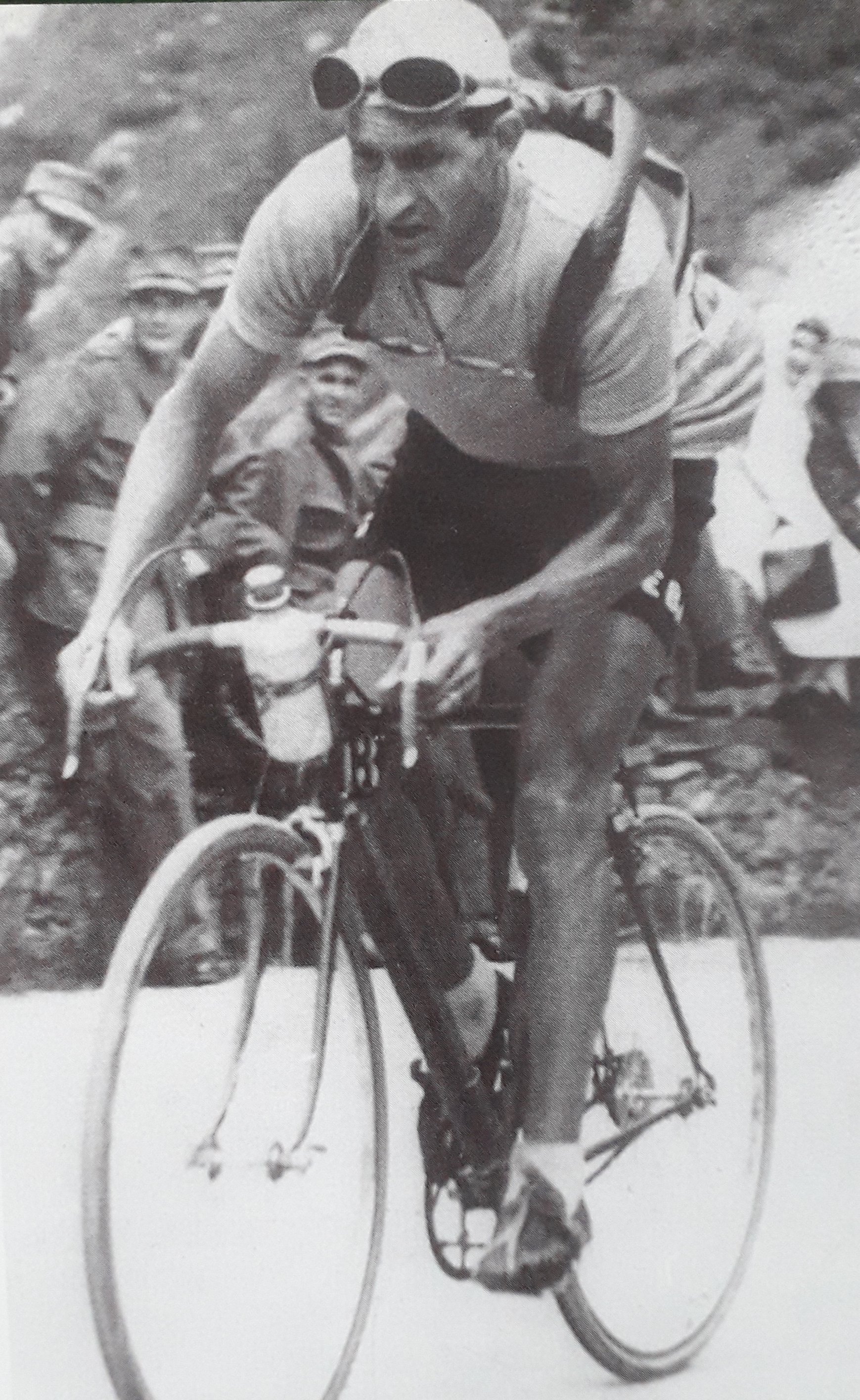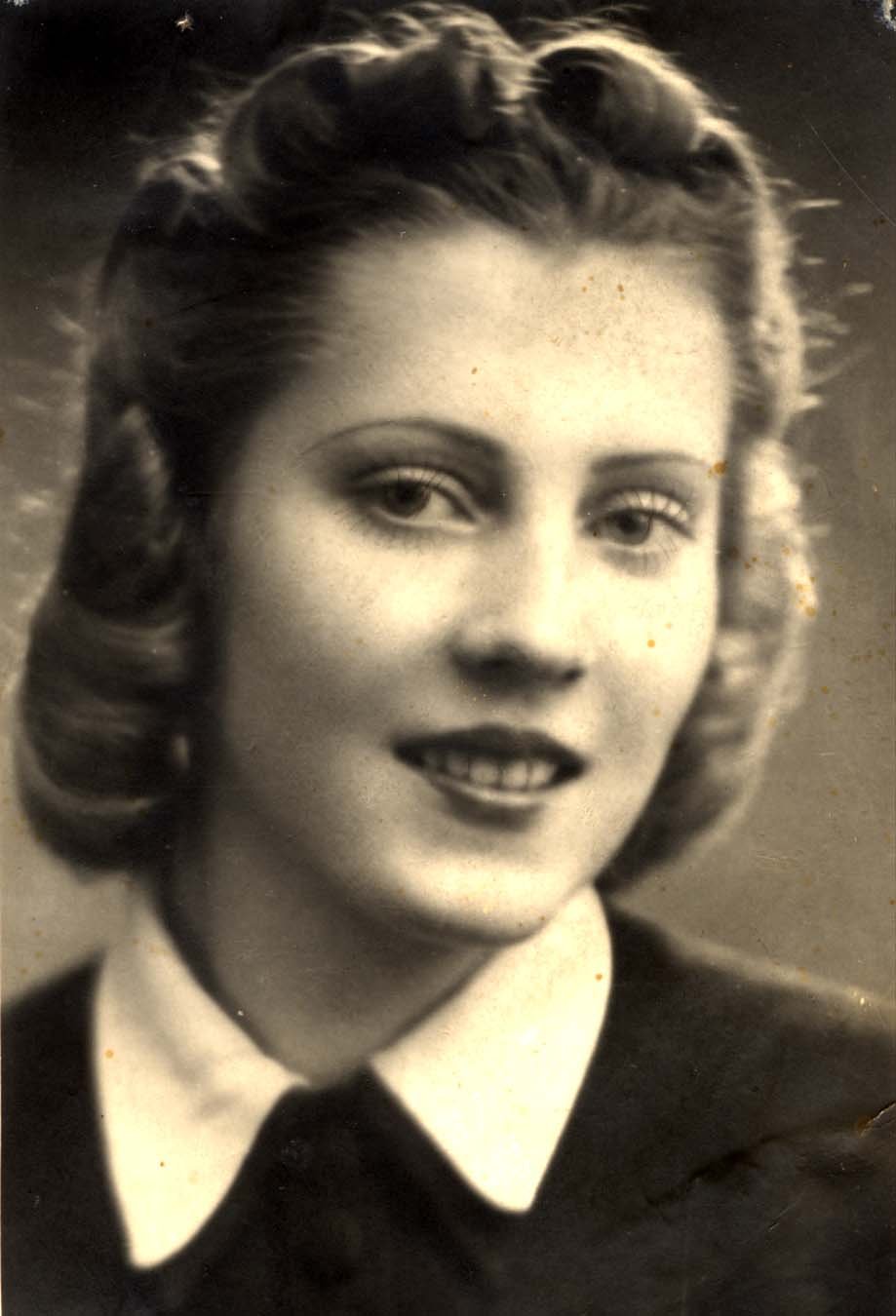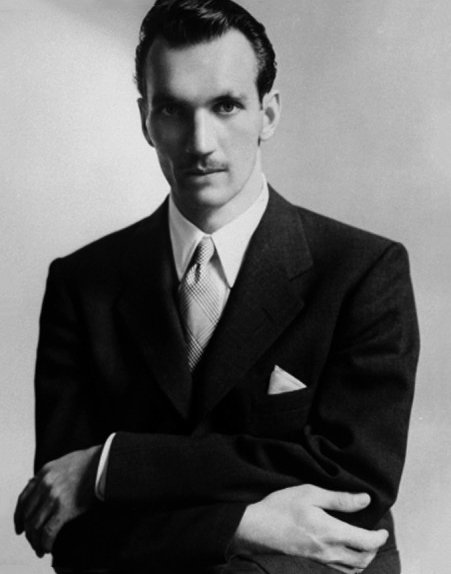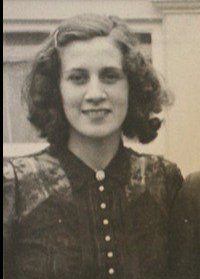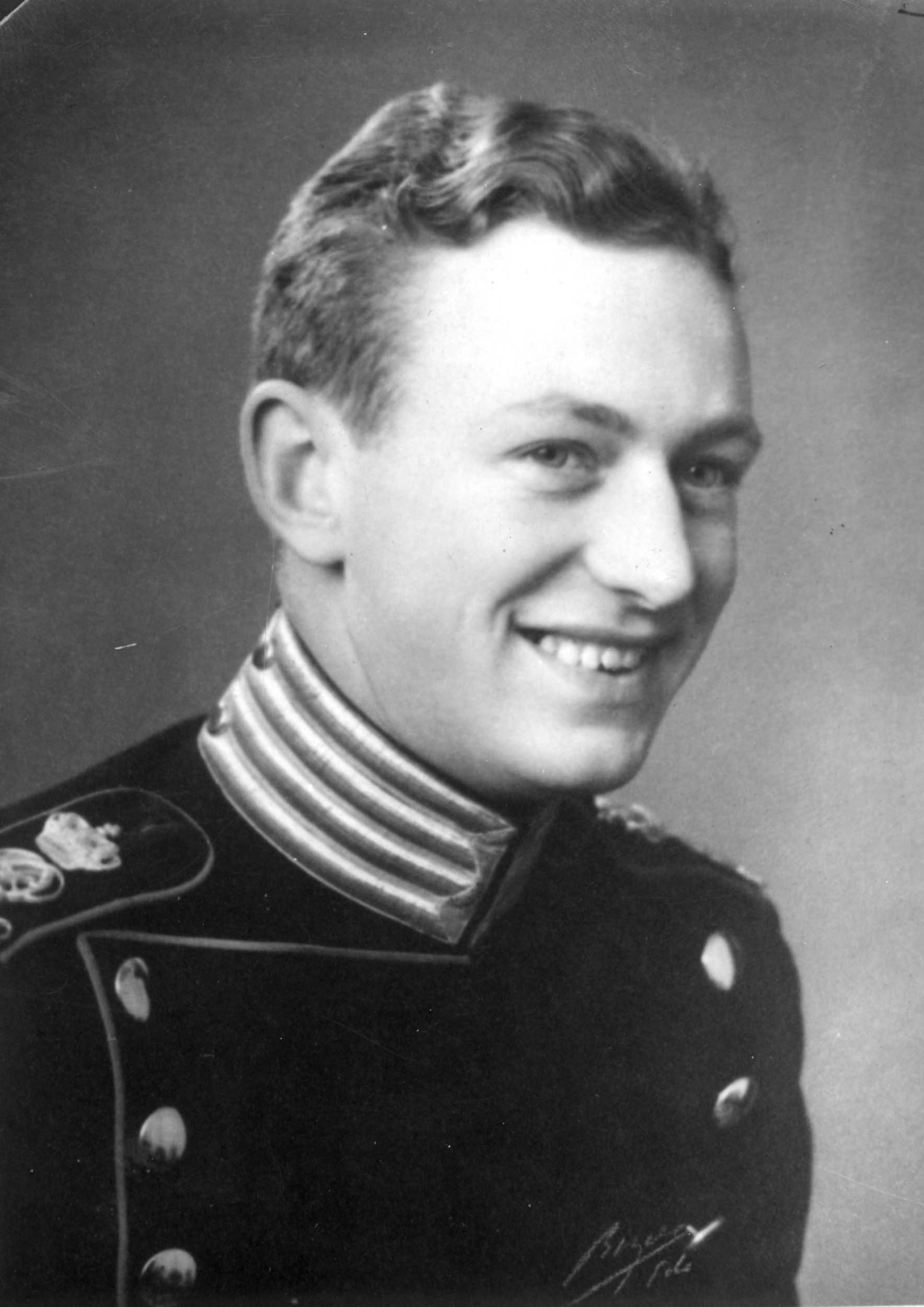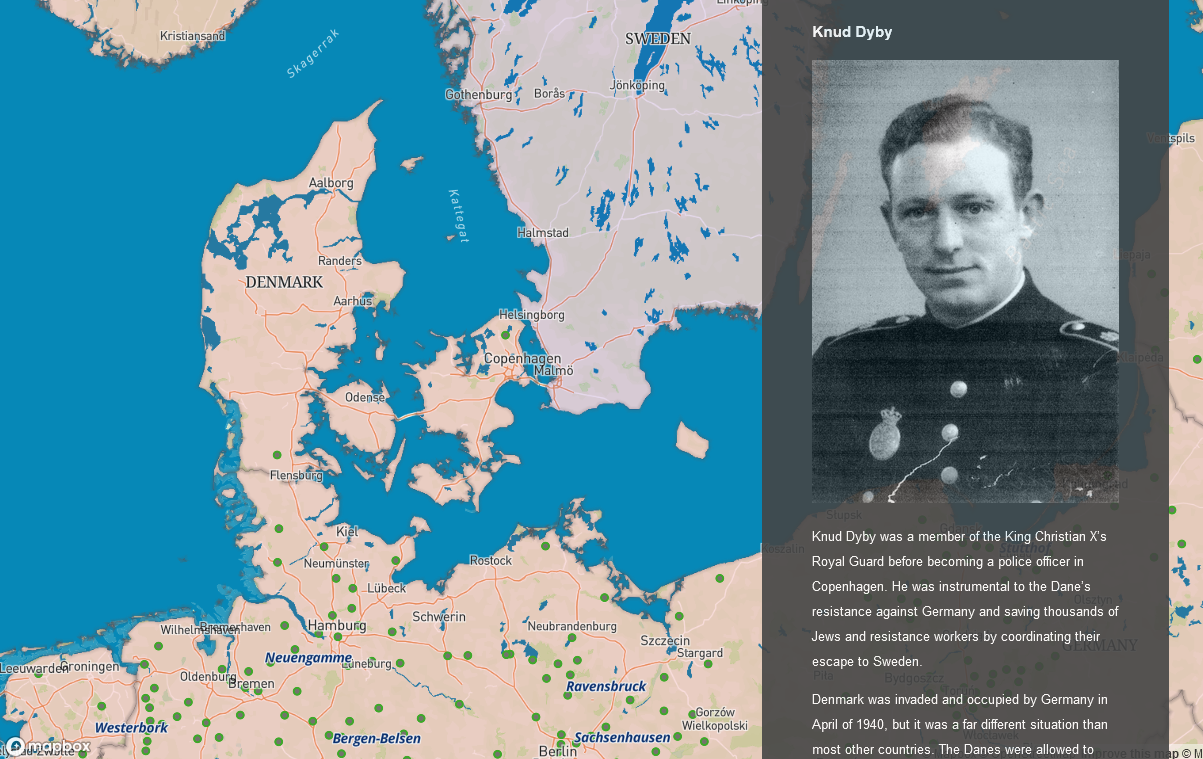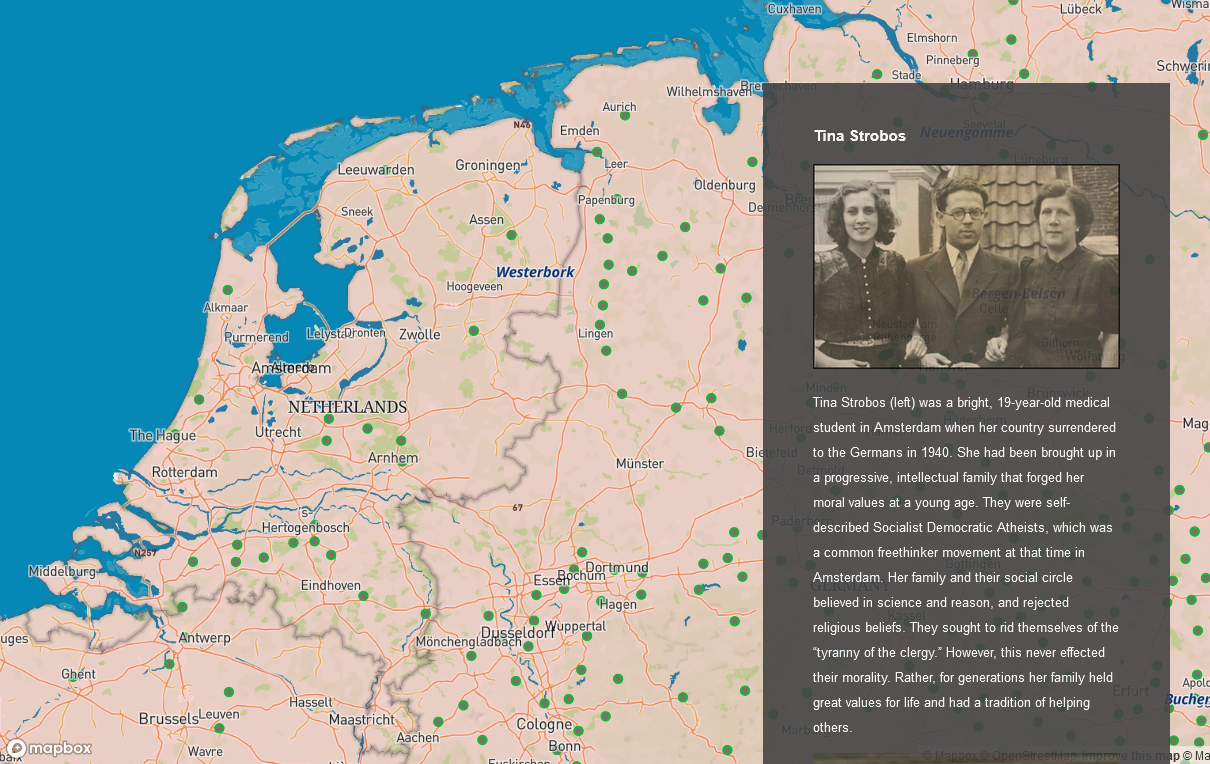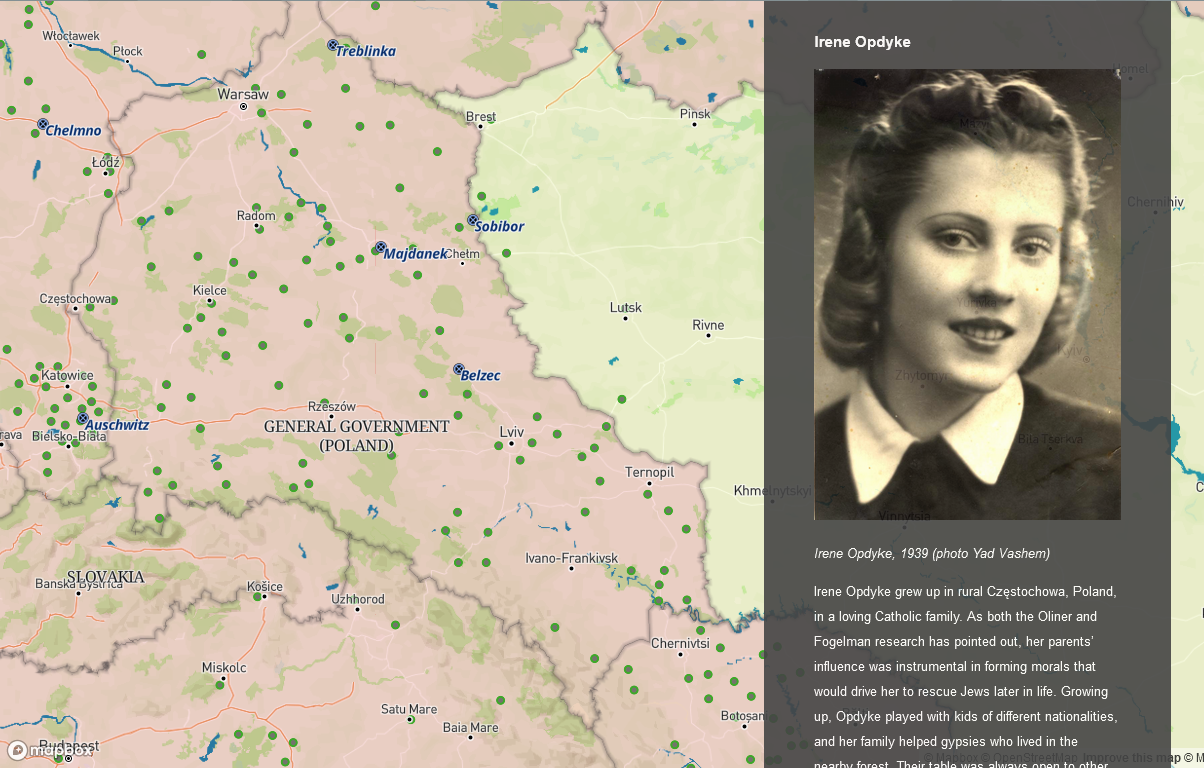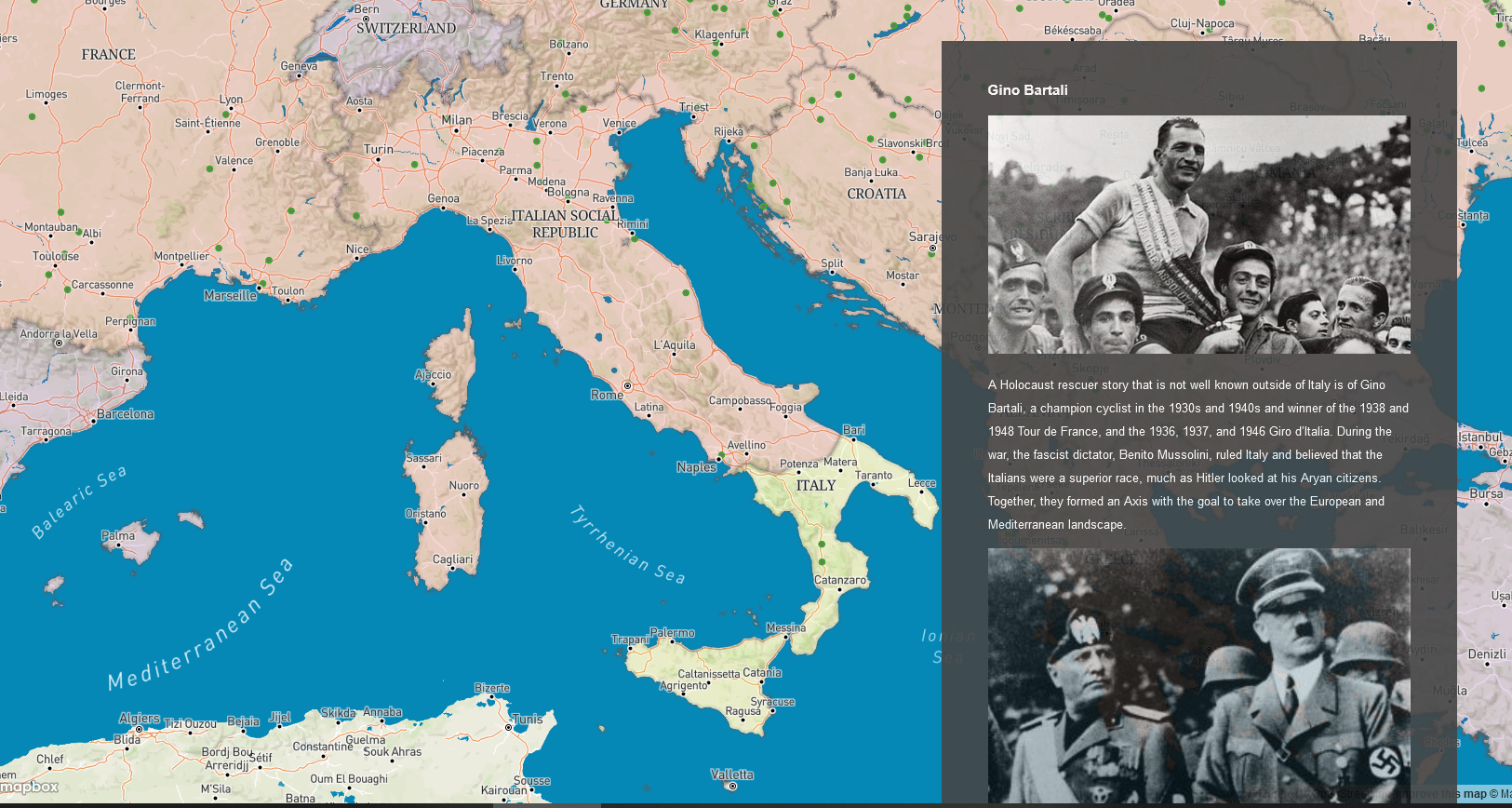
Project Introduction
Although I graduated in December 2021, my advisor, Maggie Patterson, encouraged me to submit an abstract of this project to the Duquesne Graduate Research Symposium held in March 2022. I was accepted to present and later honored to learn that the Office of Research and Innovation judges awarded me the Provost's Award for Outstanding Scholarship. The full PDF research paper, "Righteous: What Holocaust Rescuers Can Teach Us About a More Altruistic Society," is now part of the Duquesne Scholarship Collection.
This award shows how being surrounded by great teachers can channel energy and passion into something meaningful. Thank you to my committee and all the Media department staff for making this possible!
Chapter 1: The Train to Perugia

Chapter 2: A Volatile Climate, Then and Now
Nazi Germany in the 1930s
leveraged centuries of existing antisemitism to cultivate an irrepressible climate of discrimination and hate against Jews. Their state-led, nationalist propaganda disguised hatred as protection for their families and racially pure heritage. Jews were targeted as people who would control Germany’s economy and compromise the safety of their homeland (Friedberg, Erbelding, & Kelly, 2021). At the beginning, discriminatory rules against Jews, which eventually became national laws, prevented Jewish children from attending schools and boycotted Jewish-owned businesses among other tactics. The Nazis exercised humiliation and dehumanization regularly in an attempt to devalue them as people, which fed the mob mentality of antisemitism. Jews were excised from their successful lives as doctors, lawyers, educators, and musicians, and from their community of other parents and play yard friends.
Chapter 3: Who were the holocaust rescuers
Although their bravery makes them appear to be larger than life, rescuers were everyday people from all walks of life and economic status with the one common trait: to help those in need even if it risked their own lives. This story profiles just a few rescuers who were awarded the title, Righteous Among the Nations.
Chapter 4: the science of holocaust rescuer altruism
"It was just the right thing to do."
“I was just doing the right thing.” But what compelled these rescuer to do so, and beyond what the millions of bystanders could not? The research on their particular character traits should leave you thinking more than, “Could I have done that?”
Anna Strzelczyk poses in the arms of her Polish rescuer and adopted father, Tadeusz Strzelczyk, after the war. United States Holocaust Memorial Museum, courtesy of Anna Cheszes

Chapter 5: The new holocaust education
A young Jewish boy studies his Hebrew reading book on the steps of his house in the old Jewish quarter of Rome, 1949. United States Holocaust Memorial Museum, courtesy of National Archives and Records Administration, College Park.
Fortunately, there are education leaders with the foresight to not only take the messages from the Holocaust to their students, but also to take them to new levels that perfectly align with what our society needs in order to reclaim moral values and tolerance. Today’s model of Holocaust education is not the same footnote of gruesome, historical statistics from a few decades ago. It has evolved into a multi-discipline approach bringing together history, global studies, psychology, civics, sociology, and others.
Chapter 6: the voice of ivo
Almost two years ago when I read of Ivo’s passing, I was awakened with a start and newfound reason to resurrect what I did that autumn day in 2016. It was finally time to revisit what this generous voice had to say so that others would know it, too. Now I was in a different place, maybe a place that I needed to be in order to open that chest of memories.

Chapter 7: conclusion
“However little sense there may be in trying to specify why I, rather than thousands of others, managed to survive the test, I believe that it was really due to Lorenzo that I am alive today; and not so much for his material aid, as for his having constantly reminded me by his presence, by his natural and plain manner of being good, that there still existed a just world outside our own; something and someone still pure and whole; not corrupt, not savage, extraneous to hatred and terror; something difficult to define, a remote possibility of good, but for which it was worth surviving... Thanks to Lorenzo, I managed not to forget that I myself was a man.”
Appendix
References
Bibliography
Holocaust Rescuer Documentaries
Cinematic Movies Based on Real Life Rescuer Events

Map Stories
These scrolling, multimedia pages combine geographic awareness, photos, videos, and written word. They are meant to be simplified stories and a great place to begin learning about that particular country’s situation during WWII, how Jews were effected there, and the rescuer’s specific efforts.
Denmark Rescuer Map Story
Featuring policeman Knud Dyby and the citizens of Denmark
Netherlands Rescuer Map Story
Featuring Tina Strobos, the Socialist-Democratic-Atheist, and the Dutch Underground
Poland Rescuer Map Story
Featuring Jan Karski, the Polish Underground spy, and Irene Updyke, the independent laundress working at a Nazi headquarters
Italy Rescuer Map Story
Featuring Gino Bartali, the cycling champion of Italy, and the Assisi Network
Map Data Sources
Yes, World War II happened “over there,” which is why it is so important for Americans to improve their geographic awareness. “Over there” is where millions of families called home and had everything upended. Understanding their geography gives us a better awareness of their situation so long ago.



